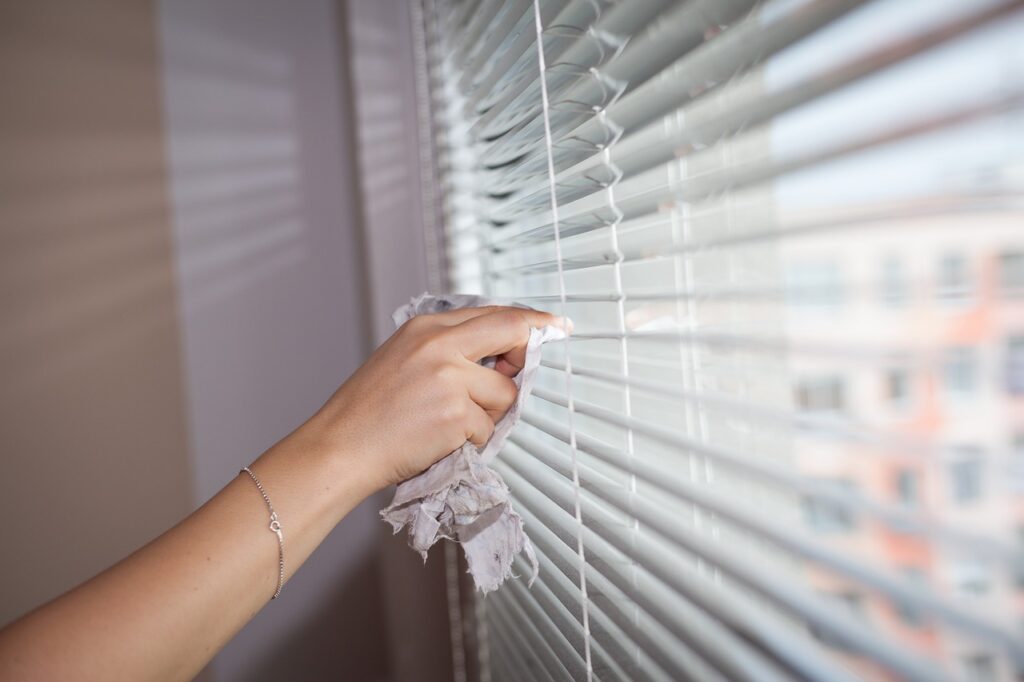Table of Contents
What is the Main Aim of Cleaning? The Purpose Behind Every Wipe and Sweep
What is the main aim of cleaning? This simple question has more depth than it seems. While many people clean to make their surroundings look neat, the true aim of cleaning goes beyond appearances. Cleaning plays a vital role in ensuring health, safety, and overall well-being in every environment.
Let’s explore the real purpose of cleaning — and why it matters more than you think.
✅ What is the Aim of Cleaning in Everyday Life?
The main aim of cleaning is to remove dirt, germs, and contaminants to promote a healthy, safe, and pleasant environment. This applies whether you’re cleaning a home, office, school, or public space.
Cleaning isn’t just about looks. It prevents diseases, reduces allergens, and improves air quality — all essential for healthy living.

🧼 Book Your Cleaning Today
🧽 What is the Aim of Cleaning in Homes and Living Spaces?
In homes, the aim of cleaning is:
- To prevent illness by eliminating bacteria and viruses.
- To reduce dust and allergens like pet dander and pollen.
- To maintain a peaceful and organized environment.
- To protect belongings and extend the life of furniture and appliances.
So next time you’re vacuuming, remember — you’re not just cleaning the floor, you’re protecting your health.
🏢 What is the Aim of Cleaning in Workplaces and Offices?
Workplace cleanliness is about more than just professionalism. The main aim of cleaning in offices includes:
- Preventing the spread of germs between employees.
- Boosting productivity through an uncluttered space.
- Creating a positive impression for visitors and clients.
- Meeting health regulations and safety standards.
Regular cleaning leads to fewer sick days, better morale, and a more efficient work environment.
🏥 What is the Main Aim of Cleaning in Hospitals and Clinics?
In healthcare settings, the main aim of cleaning is absolutely critical:
- To prevent infections and stop cross-contamination.
- To maintain sterile environments for patients and staff.
- To comply with strict hygiene protocols.
In hospitals, cleaning quite literally saves lives.
📚 What is the Main Aim of Cleaning in Schools and Educational Facilities?
For children and teachers, cleanliness means:
- Fewer absences due to illness.
- Cleaner classrooms that promote better focus and learning.
- A safer, more comfortable learning space.
Educational institutions rely on proper cleaning to foster health and academic success.
💡 What is the Main Aim of Cleaning Beyond Health?
While health is a major motivator, cleaning also serves other important purposes:
- Mental clarity: A clean space reduces stress and anxiety.
- Safety: Clean floors and surfaces reduce slips, trips, and fire hazards.
- Preservation: Regular cleaning protects surfaces from damage or decay.
- Aesthetic appeal: Clean spaces are simply more enjoyable to be in.
🎯 What is General Purpose Cleaning?
🧼 What is the Main Aim of Cleaning According to Professionals?
Professional cleaners often summarize the main aim of cleaning as:
“To create a clean, safe, and functional environment by removing harmful substances and maintaining surface integrity.”
Whether it’s a hotel, factory, or airport, this philosophy applies across all industries.
🧴 Key Benefits Supporting the Main Aim of Cleaning
Here are the main advantages that come with fulfilling the aim of cleaning:
- Reduces the risk of infections and illnesses.
- Improves air quality and reduces allergens.
- Enhances productivity and focus.
- Protects assets and infrastructure.
- Improves overall quality of life.
🚫 What Happens When the Aim of Cleaning Is Ignored?
When we ignore the main aim of cleaning, the consequences go beyond just a messy space. Over time, neglecting regular cleaning can affect your health, safety, environment, and even mental well-being. Here’s what can happen when cleanliness is not prioritized.

🦠 1. Health Risks Increase
Ignoring the main aim of cleaning leads to the buildup of germs, bacteria, viruses, and allergens like dust mites and mold. These can cause:
- Respiratory issues
- Skin irritations
- Food contamination
- Spread of illnesses like colds, flu, and even serious infections
In homes, this is especially dangerous for children, elderly people, and those with allergies or weak immune systems.
⚠️ 2. Safety Hazards Arise
Unclean spaces are often unsafe spaces. When dirt, grease, or clutter builds up:
- Floors become slippery or blocked
- Electrical equipment may overheat due to dust
- Fire hazards increase due to unremoved flammable materials
All of these pose serious dangers in both homes and workplaces.
💼 3. Productivity and Focus Decline
In work or study environments, neglecting the main aim of cleaning leads to mental clutter and distraction. Messy desks, dusty air, or bad smells affect mood and focus. Over time, this can lower productivity and even increase absenteeism due to illness or stress.
🧹 4. Damage to Property and Belongings
Dust, moisture, and grime are silent destroyers. Ignoring cleaning can:
- Damage electronics and appliances
- Stain furniture and flooring
- Lead to corrosion or rust on surfaces
Proper cleaning preserves the life of your items and saves money on repairs or replacements.
🧴 5. Reputation and Comfort Suffer
For businesses, schools, or public spaces, an unclean environment sends a negative message. Customers, students, or clients may feel uncomfortable, and in extreme cases, stop returning.
Even at home, a lack of cleanliness can make guests feel unwelcome — and make residents feel uncomfortable in their own space.
🧼 6. Pests and Infestations May Appear
Without regular cleaning, your space may attract:
- Cockroaches
- Ants
- Mice or rats
Food crumbs, spills, and clutter are ideal for pests. Once they move in, it becomes harder — and more expensive — to get rid of them.
🚧 7. Legal or Compliance Issues in Businesses
In commercial settings, failing to meet hygiene standards can lead to:
- Fines from health inspectors
- Closure of premises
- Lawsuits in case of injury or illness
The main aim of cleaning in workplaces and industries is not just about neatness — it’s about following health and safety laws.
FAQs: What is the Main Aim of Cleaning?
❓ What is the main aim of cleaning in simple words?
To remove dirt, germs, and waste to keep environments healthy, safe, and pleasant.
❓ Is cleaning only for appearance?
No. Cleaning helps prevent illness, improves air quality, and promotes mental well-being — far beyond just aesthetics.
❓ Why is cleaning important in public places?
Public areas require cleaning to reduce disease spread, maintain hygiene standards, and ensure safety for all.
❓ How often should spaces be cleaned?
Frequency depends on usage. High-traffic areas should be cleaned daily, while others may need weekly or monthly maintenance.
❓ What’s the difference between cleaning and disinfecting?
Cleaning removes visible dirt and dust, while disinfecting kills bacteria and viruses on surfaces.
Conclusion: What is the Main Aim of Cleaning?
In conclusion, what is the main aim of cleaning? It’s not just about making things look good — it’s about protecting health, improving safety, and creating an environment where people can live and work comfortably. Whether you’re cleaning your home or a hospital room, every effort contributes to a cleaner, healthier world.
Follow us on Facebook for Quick Response & Quires – 24/7 Task Connect